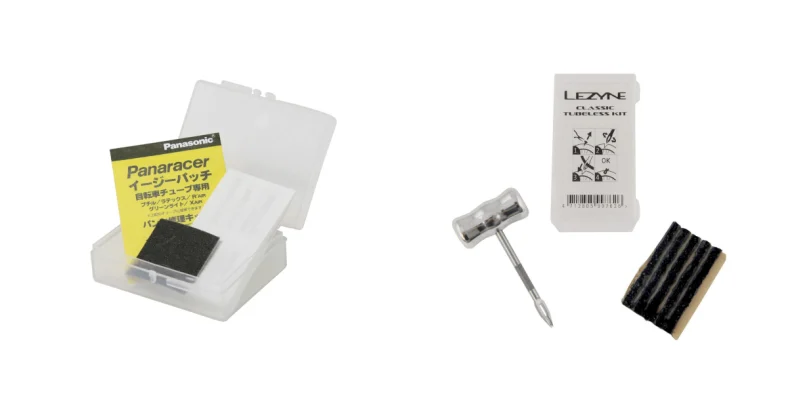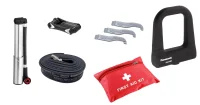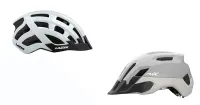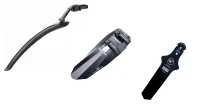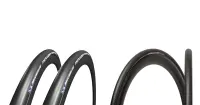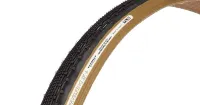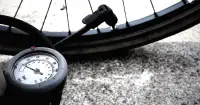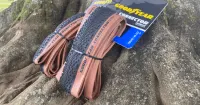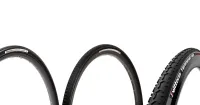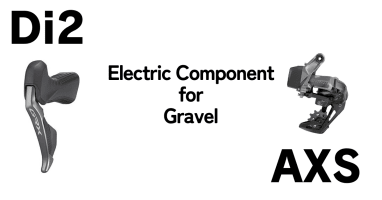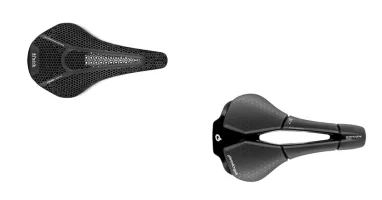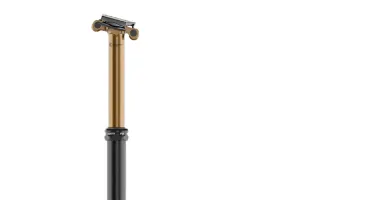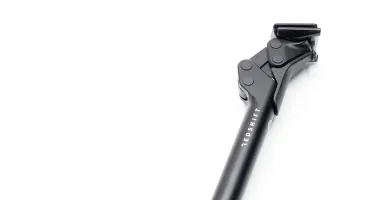Language Menu
- 日本語
- English
Summary of gravel bike puncture repair methods and recommended repair kits
Puncture risks are higher on gravel bikes than on road bikes when riding on rough roads. We have compiled a list of such gravel road bike puncture repair methods and recommended repair kits for each type of tire.
Modified at: 2023.10.26Posted at: 2022.10.27
Table Of Contents
How to repair a flat tire, depending on the type of tire
In the case of clincher tires (tubed tires)
In the case of a clincher tire (tubed), the location of the puncture determines whether it can be repaired or not.
On road bikes, punctures are often caused by a hole in the tube itself, but on gravel bikes, because they are often ridden on rough roads, the tire itself can often be punctured.
If the tube has a hole, it is best to replace the tube when on the road. If you repair it at home, you can use a butyl tube again as usual by applying a commercially available puncture repair patch for tubes.
For on-the-go repairs, we recommend Panaracer’s Easy Patch Kit, which can be repaired by simply applying the patch.
For latex tubing, just cut an old latex tube and apply rubber glue on top. This can also be used normally.
If the tire itself has a hole, you can use sealant or a tubeless repair kit to plug the hole if the tire is tubeless, but you basically cannot repair a tire with a tubed tire. For slick tires, a patch applied to the tire may help, but it is only a stopgap measure as it will peel off.
For block tires, you can use a tubeless repair kit to plug the hole, but if you use a repair plug to fill the hole, it is best not to use the type of plug that fills the hole, as the plug may puncture the tube.
In the case of tubeless/tubeless ready tires
The following are the two major ways to deal with a punctured tubeless/tubeless ready tire.
- plug the hole with a tubeless repair kit
- tubed.
Tubeless repair kits are available from tire manufacturers and others, but the easiest to use is Lezyne’s Tubeless Tire Repair Kit.
It comes with a tire reamer, plug, and case for about $25 in actual sales. The plugs are also sold separately, so they are very cost-effective.
If you prefer a more cosmetic solution, we also recommend Panaracer’s puncture repair kit for tubeless bicycles. The usage is the same as Lezyne’s, but instead of a plug, a sheet is cut with scissors and repaired with rubber glue, which requires more work, but the price is cheaper than Lezyne’s.
Note that both are designed for MTB and can only be used with block gravel tires.
Also, the puncture repair kit for clinchers is “for inner tubes” and cannot plug the hole in a tubeless tire (and even if it could, it would come right off).
Which puncture repair kit should I carry when riding?
Gravel bikes have higher puncture risk than road bikes because of the rough terrain.
For clincher tires (tubed), you can only carry a spare tube, but you should carry a tube repair patch in case you get multiple punctures.
In the case of tubeless, a “tubeless repair kit” and a replacement tube are basically all you need; you can use the tubeless repair kit to repair a hole the size of a pin pole, and the rule is that if you have a tear of 3 mm or more or a side cut, you should go tubed.
Note that tubeless systems require replenishing the sealant, so your hands will be covered with sealant when you make a tubed system. Carry vinyl gloves along with the repair kit.
Be sure to ride safely!
Safety is important for gravel bikes, which can go as fast as road bikes and ride over rough terrain like MTBs. This article is about accessories and riding methods that enhance safety.
Current Article
Summary of gravel bike puncture repair methods and recommended repair kits
Puncture risks are higher on gravel bikes than on road bikes when riding on rough roads. We have compiled a list of such gravel road bike puncture repair methods and recommended repair kits for each type of tire.
Summary of tools and accessories to keep on hand for gravel bikes
Gravel bikes, which are used for long distances and on unpaved roads, require a bit different preparation than road bikes. In this issue, we have compiled a list of tools and accessories that you should always have on hand for your gravel road bike.
How to choose a handlebar for a gravel bike
Gravel bikes look almost the same as road bikes, but their purpose is somewhat different. The following is a summary of how to select handlebars, which are important for the operation and position of the bike.
How to Choose a Gravel Bike Helmet
We have compiled a list of the best helmet choices for gravel bikes that can be ridden off-road as well as on-road.
Advantages of fenders (mudguards) on gravel bikes and how to choose them
Fenders are a major customary installation on gravel bikes that are ridden on unpaved roads. In this article, we summarize why it is a good idea to install fenders, their benefits, and how to choose them.
Gravel Bike Maintenance Basics and Minimum Required Tools
As a sport bicycle, a gravel bike can be ridden comfortably for a long time as well as avoid accidents and problems by performing daily maintenance. We have compiled the basics of gravel bike maintenance and the minimum tools required.
How to choose the best light for gravel bikes
Gravel bikes, which are ridden in a different environment than road bikes, require a slightly different approach to light selection. In this article, we will explain how to choose a light, especially on the assumption that you will be riding gravel.
The standard for gravel bikes! Tubeless Guide
Tubeless tires, which can reduce puncture risk and increase ride comfort, are a staple of gravel bikes. This is a guide on how to choose and operate tubeless tires.
Is tubeless the best? Which type of gravel tire is best?
Tire selection is one of the most enjoyable and difficult aspects of gravel bike customization. In this article, we will look at the differences between tire types and the types of tires to choose for your gravel bike, along with their advantages and disadvantages.
Why so many gravel bike users love tubeless tires? Advantages and disadvantages
One of the most popular customizations for gravel bikes is to convert the tires to tubeless. The following is a summary of the advantages and disadvantages of tubeless and why it is a favorite on gravel bikes.
Ride more comfort! Ride gravel bike with proper air pressure!
There is a "proper air pressure" for bicycle tires. This section summarizes what the correct air pressure is, how to check it and how to get the correct air pressure, and the changes in riding that can be achieved by changing the air pressure.
The Perfect Guide to Choosing Gravel Tires
One of the most fun and most affordable customizations for gravel bikes is changing tires. However, gravel bikes, by their very nature, are also the most difficult to choose tires for. In this article, we will thoroughly explain how best to choose tires for gravel bikes.
Which type is best? Get to know the different types of gravel tires.
Gravel tires are in between the properties of road tires and MTB tires, and there is a lineup of tires with both properties. In this issue, we will introduce the different types of gravel tires and how to choose and customize them for different uses.
